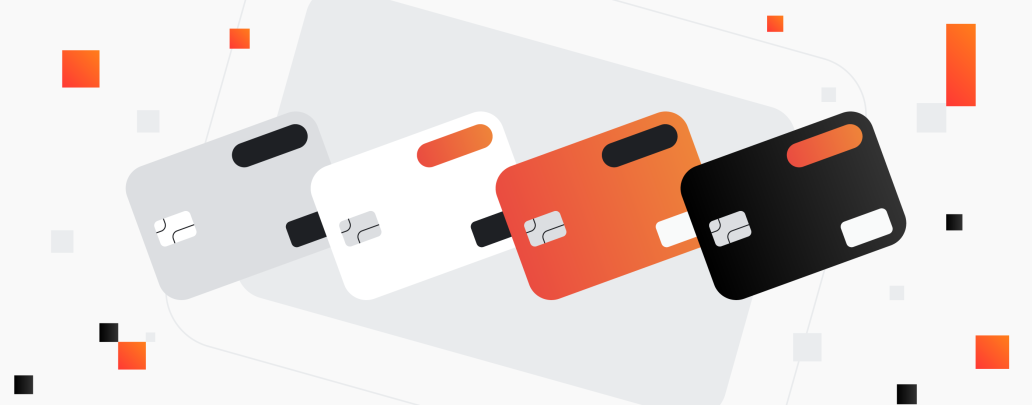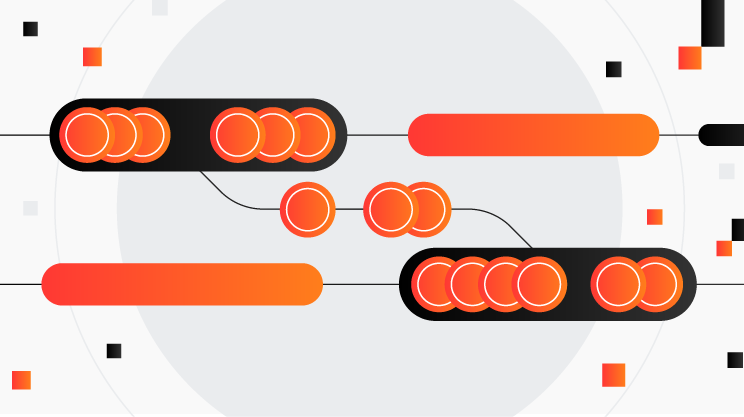How tech businesses are improving customer experience through payments

If you’re a tech business that operates in overseas markets, you’re probably searching for ways to optimise your margins and boost revenue growth, especially if you’re a SaaS provider.
Doing business across borders can be tricky and expensive, according to the G20 cross-border payments roadmap.
Each time you tap into a new market, you risk losing money, time and resources if your global payment operations aren’t up to scratch.
All too often SaaS businesses are left to contend with slow legacy banking systems, unscalable payment solutions and unnecessary FX rates. The impact? Low customer retention and a hit to the bottom line at a time when sales are critical.
Most tech companies find it more efficient to optimise operations and retain existing customers than acquire new ones, so providing a smooth payment journey is important.
Improving customer experience goes beyond translated checkout pages: offering tailored payment pathways, multi-currency payments and having the ability to serve customers in new markets instantly will help you meet global demand better.
Global payments made local
Every tech business is different. Some use a subscription model, others prefer to invoice customers. The one thing every SaaS has in common: your customers want to pay in a way that suits them.
Improving customer experience is all about removing friction: successful brands bring a local feel to global purchases. You might think it’s easier to operate in one currency, but perhaps you should focus on making it as easy as possible for your buyers to purchase (repeatedly) from you.
Offering a localised customer payment experience - i.e. multi-currency checkout - means allowing your customers to pay in their preferred currency.
Imagine a potential lead is searching for a new provider and they’ve narrowed their shortlist to you and your closest competitor. You let them pay instantly in their local currency or familiar payment method, and your competitor doesn’t. It’s a nice point of differentiation.
Failing to offer local currency payments is not only adding a layer of administrative friction to the payment process, as your customers have to convert the price themselves, but it’s also often more expensive for them.
If your customers have to fork out FX fees to pay for your service or product, it’s not a good look.
Another common customer service issue tech businesses face is conversion discrepancies.
You may have come across this situation with your overseas customers – you receive the wrong amount from a buyer due to unpredictable FX conversion rates, but they think they’ve paid the correct amount. It’s up to you to decide if it’s worth chasing them for the shortfall and risking your relationship, or whether you want to write it off. Or, you might add the cost of paying onto the customer's bill to begin with.
The thing is, multiple discrepancies add up. Especially for a growing SaaS.
Partnering with a truly global payments provider will help you reduce risk and improve customer experiences. Airwallex helps you offer local pricing and payments in 170+ currencies so you can segregate currencies, and repurpose them for supplier payments. We’ve written previously about how SaaS businesses are avoiding the conversion trap.
How local accounts improve customer experience
Partnering with a global payment provider will not only enable you to present local prices to customers, but you’ll also be able to open overseas accounts instantly and collect revenue in multiple currencies.
The reality is that most high street banks aren’t properly equipped to operate across borders because they still have to use the same systems they relied on decades ago.
In the fast-moving SaaS sector, it pays to find an agile and flexible payments partner.
Moving into new markets
If you bank with a high street provider, chances are that when you want to expand into another new market, you’ll be left waiting months for them to open your overseas business account.
This is usually because your provider has to ask a local independent bank in that region (even if it’s the same group) to provide a local account and they may require one of your directors to be physically present to open a new account.
Alternatively, your finance team might open a new account directly with a local bank for every new country you tap into.
Cue a mountain of paperwork and multiple company cards for your finance team to track. While this approach might work to establish a banking presence in the first couple of new markets, it’s inefficient and definitely not scalable.
Limitless growth
We often hear stories from early-stage SaaS companies who unexpectedly get an opportunity to expand into a new market, ahead of their roadmap.
If you’re a UK-based business and a major new customer in Australia comes knocking, it’s unlikely you’re going to want to turn them down.
It’s important to have a robust global payment operation in place as you grow – you want to be nimble enough to quickly serve new overseas customers and test demand in new markets before activating a hard launch.
By partnering with a financial service provider that specialises in moving money across borders, you can streamline your international business operations to better serve global customers.
With an Airwallex Business Account you can open multi-entity local accounts instantly with non-domiciled directors in 60+ countries and issue multi-currency employee and company cards to team members around the world in minutes.
Future-proof as you scale
If the above sounds familiar, chances are you’re going through a global expansion and it’s time to review your global payment operations.
As you scale internationally, you’ll inevitably hit some bumps in the road. Airwallex can help you make sure poor international customer experience isn’t one of them.
Share

Chris is the SaaS and eComm payments specialist for Airwallex EMEA. Chris helps businesses optimise operations in the world of international payments.
Related Posts

10 signs your finance team is going through global expansion
•5 minutes

The seamless payments stack: How payment operations now enhance -...
•5 minutes

The best flexible pricing strategies for SaaS businesses
•6 minutes